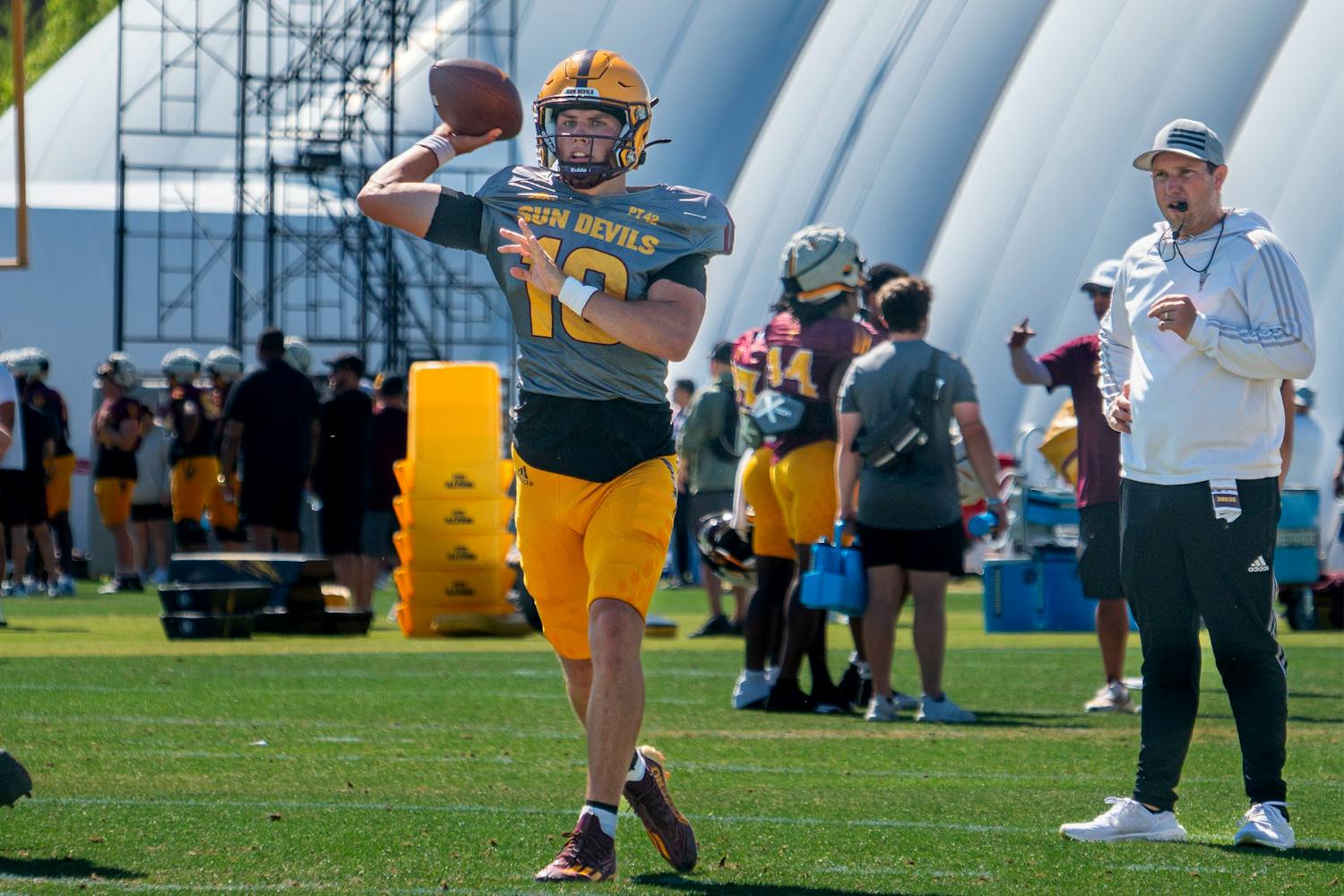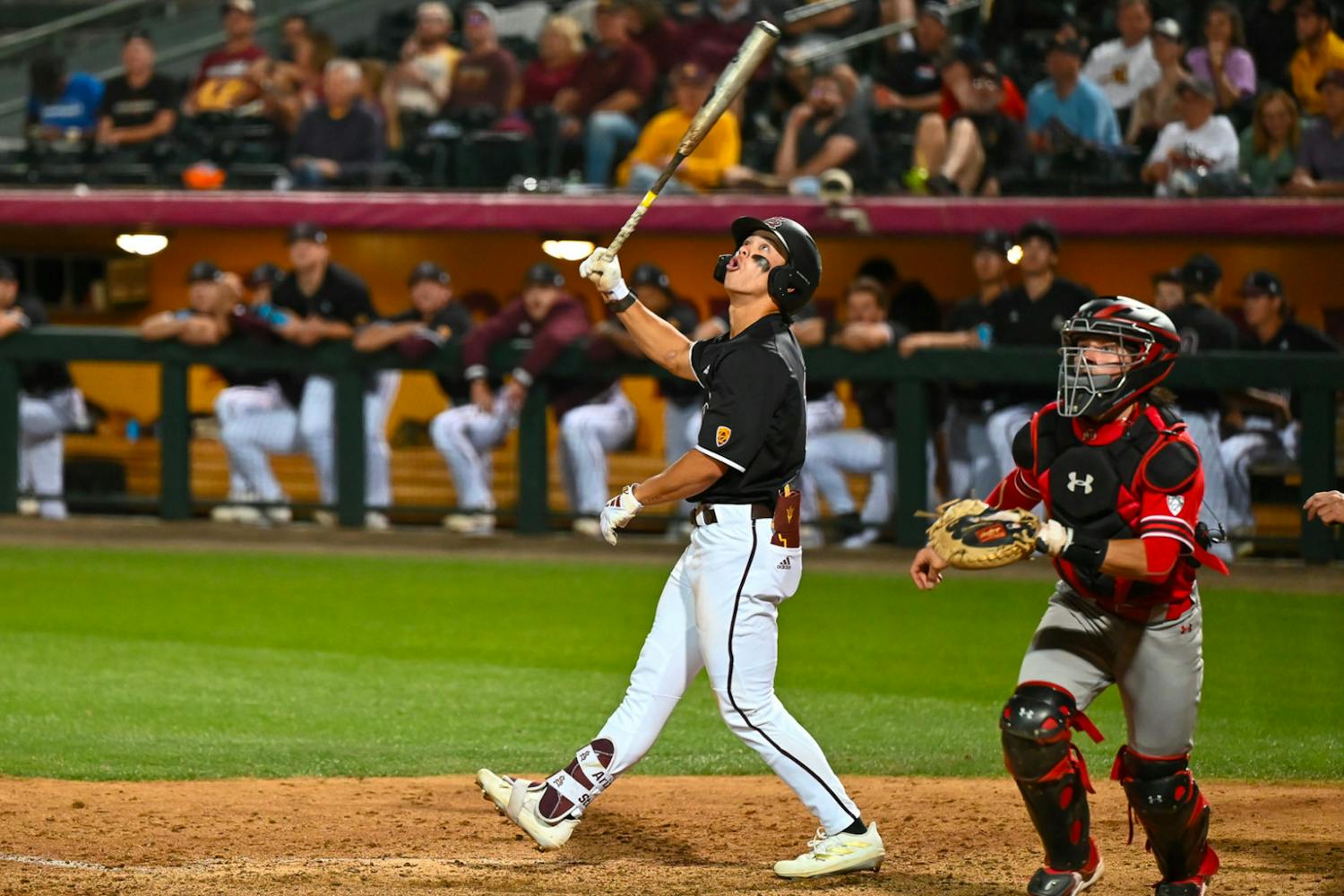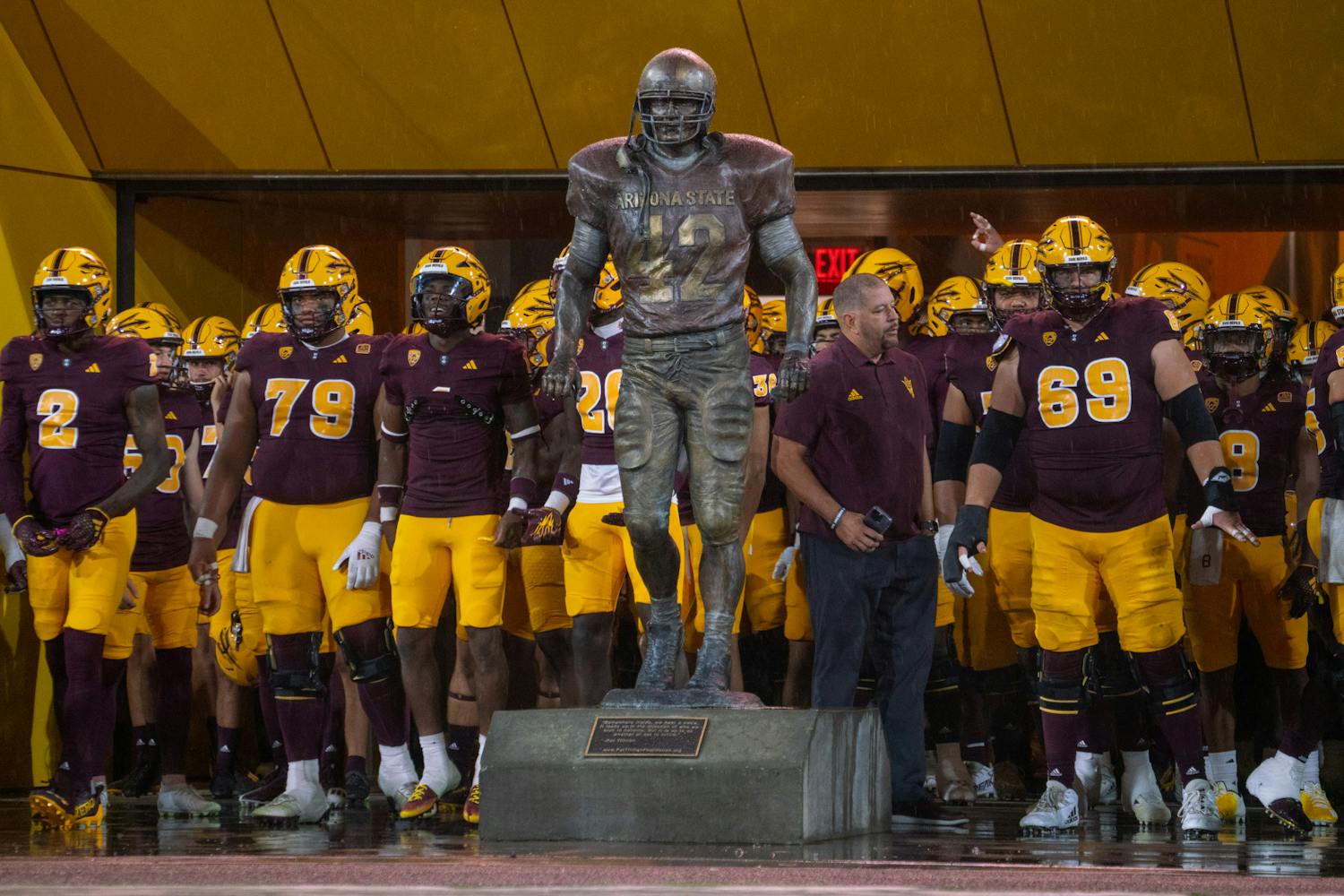Just a week before Monday’s unsightly NCAA championship game, the issues of the NCAA cartel, college athletes and compensation and Title IX re-emerged as trending topics.
That’s great.
Much as the bowl system has come under scrutiny with the book “Death To The BCS,” which exposed pervasive greed, corruption and a business model that counter-intuitively devastates the schools and athletic programs that participate (Hello, Fiesta Bowl), a wave of anti-NCAA, anti-monopoly sentiment is gaining momentum.
Perhaps the NCAA is well aware of its growing unpopularity, as it increases its wrist-slapping sanctions on brand-name “cheaters.” Marching into the headwinds of the information age, the NCAA seeks to stay one step ahead of truth and justice, nabbing positive headlines as “an enforcer of rules.”
The wrist-slapping distracts the masses from the absurdity of the rules and bylaws themselves, and by extension, it distracts the masses from the truth about what the NCAA actually is, leaving the issue of what it should be in. This strategy allows the NCAA to superficially justify its own, largely unjustifiable, existence.
Yeah, it’s an upside-down concept, but welcome to the U.S., where 400 Americans have more wealth than half of the country combined, where the victims (masses) blame themselves for the crimes perpetrated by the few at the top, and vote against their own interests.
The NCAA’s strategy, however, may be backfiring. PBS and HBO are part of the mainstream media, and they don’t benefit from the NCAA’s set-up, but they still deserve credit for exposing the issues.
Frontline framed its show around the class-action lawsuit against the NCAA for using athletes’ likeness in the sales of numerous goods without compensation for the athlete. The lawsuit represents the first realistic chance to change the system in decades.
The idea that college football and basketball players should be able to receive compensation (which was researched in Justine Garcia’s column in The State Press Wednesday) for commercial use of their image should define the baseline of their demands — that should be the minimum they ask for. The issue of whether college athlete should be considered amateurs is over 100 years old.
The NCAA makes more than $700 million a year in current television contracts, and that money is divvied back to the roughly 450 NCAA employees (The last NCAA president made nearly $2 million a year) to other sports tournaments and championship events, and then to the conferences, which funnel it to schools, who then use it to subsidize everything else.
But it’s even worse than the free labor simply driving the college sports industry. The NCAA prohibits players from receiving any kind of outside payments. It’s much like how drug-prohibition policies in the U.S. drive both the illicit drug trade and drug-enforcement (including the prison-industrial complex). It’s a rigged game for the NCAA cartel because it justifies its existence by enforcing rules on the very rule-breakers it attracts.
The NCAA doesn’t come down on the street-agents or boosters looking to sway recruits with money handshakes, it enforces its rules, in most cases, on the players.
The classic counter-argument put forth by the NCAA and its supporters is that the players’ scholarship is equitable compensation. First, the scholarship covers almost none of the players living costs. It pays mostly for tuition.
But let’s consider that many of football factory recruits are completely unprepared to face the challenges of higher education. Many recruits come from areas in the country where education is poorly funded, where extreme poverty and crime-ridden environments make it even more difficult to stay in class.
On top of that, there’s an entire system in place starting in high school that allows these recruits to get by in class without doing the work, sometimes helping them cheat on tests to academically qualify.
That’s before considering the extreme challenges “student-athletes” face once they’re enrolled, given the time commitments of their sports. It’s sham-ateurism.
Even worse, however, is the racial injustice and exploitation evident in a recent study. The 2010 Racial and Gender Report for College Athletes conducted by the University of Central Florida reports very disturbing numbers. In the revenue-generating sports, African-Americans account for nearly 46 percent of athletes in football and more than 60 percent in basketball.
On the other hand, when accounting for all Division I sports, blacks represent only 25 percent of student-athletes. Close to 90 percent of college coaches are white. Close to 90 percent of athletic directors and assistant athletic directors are white and 99 percent of school presidents are white. All FBS conference commissioners are white.
The revenue generated by sports in which African-Americans largely dominate is used to subsidize the salaries and scholarships of whites, many of who contribute almost nothing to the money pool.
Reach Nick at nick.ruland@asu.edu



